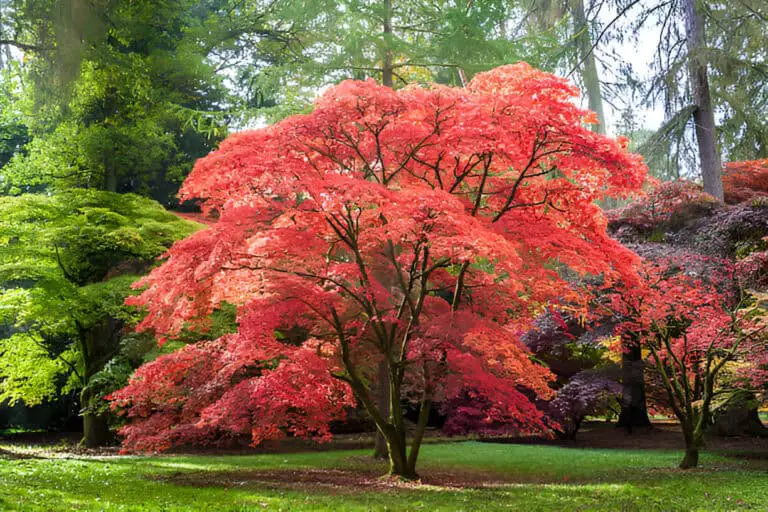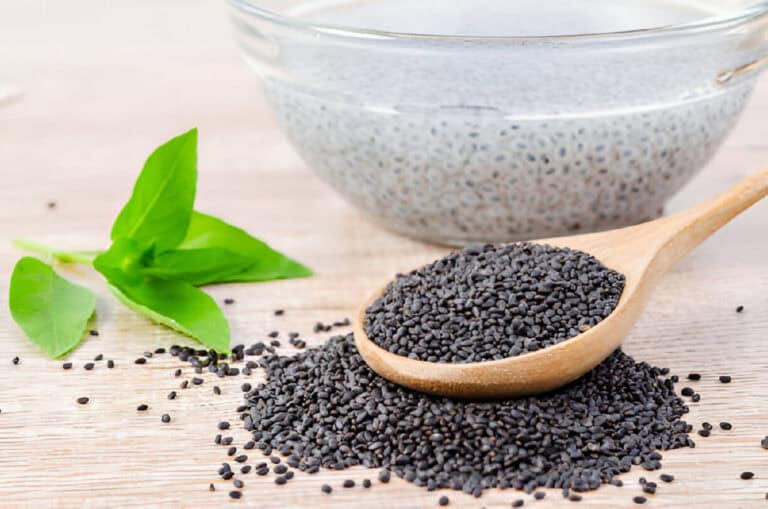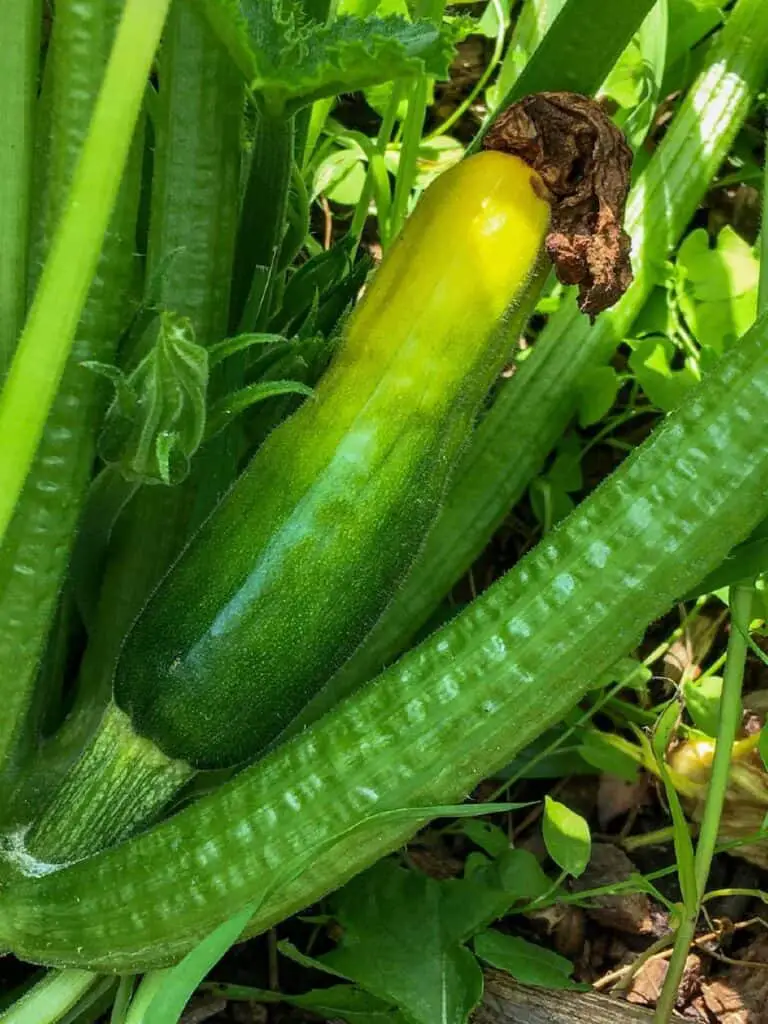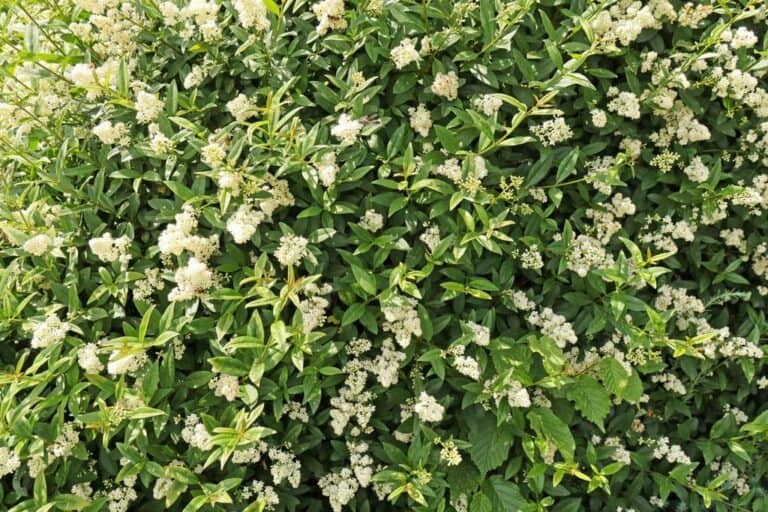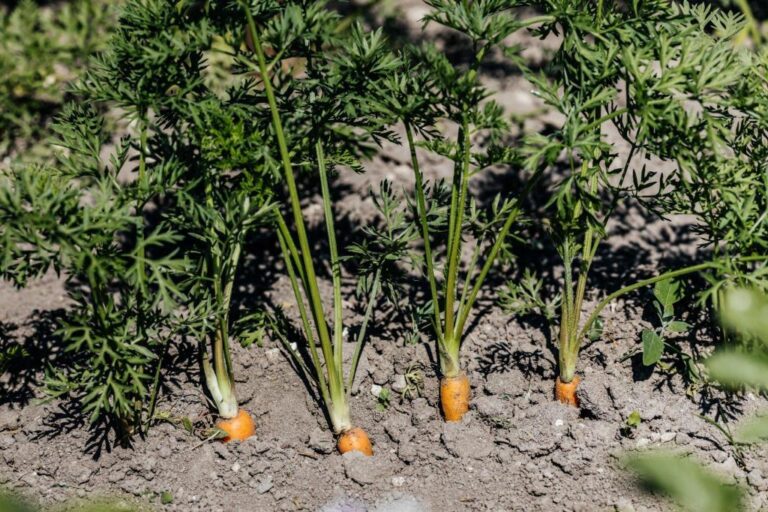How To Prune Carolina Reaper Plant: Step By Step Trimming Guide
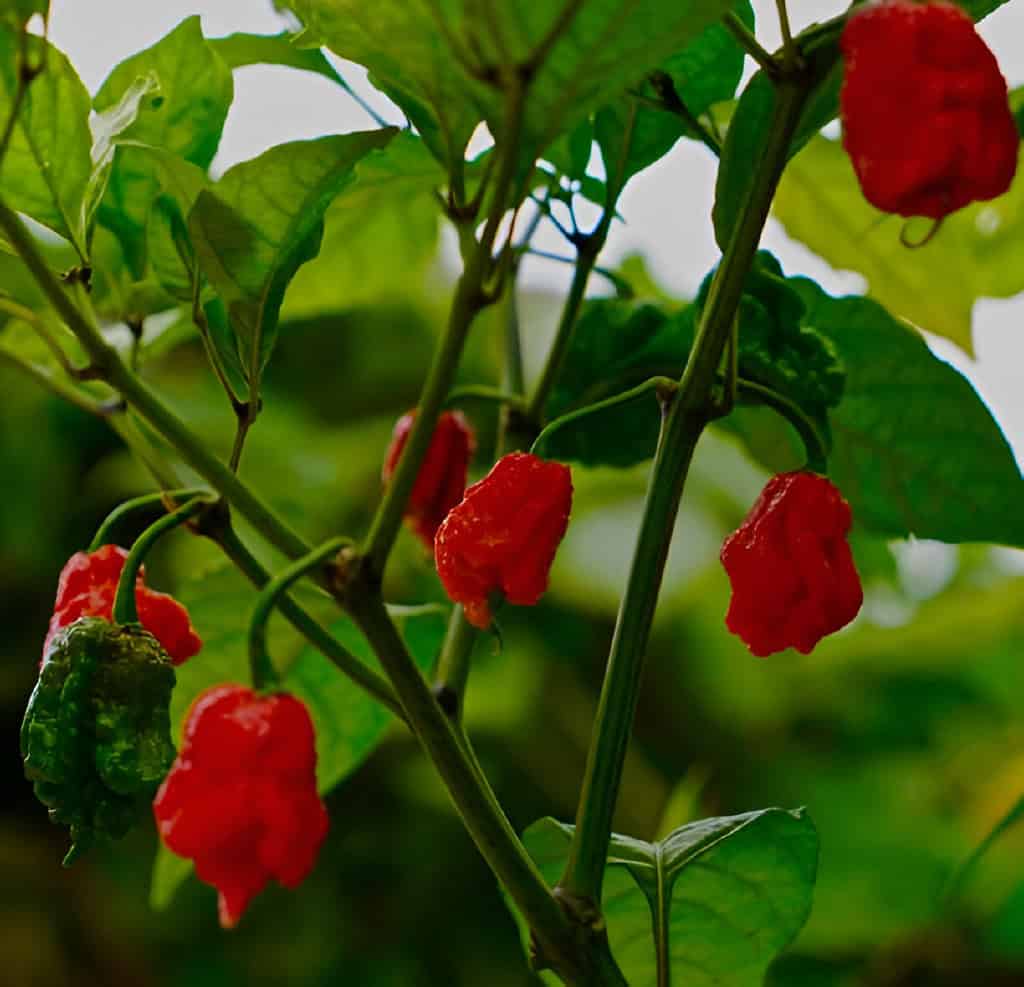
Pruning a Carolina Reaper plant might seem like a daunting task, especially when dealing with one of the world’s hottest peppers. But have you ever wondered how proper pruning can significantly increase your plant’s yield and health?
In this article, we’ll delve into the essential techniques and tips for pruning your Carolina Reaper plant. By mastering these methods, you’ll not only enhance your pepper plant care skills but also ensure a bountiful harvest of fiery hot peppers.
Let’s dive into the process with tips, techniques, and best practices for optimal results.
Why is Pruning Carolina Reaper Plant Important?
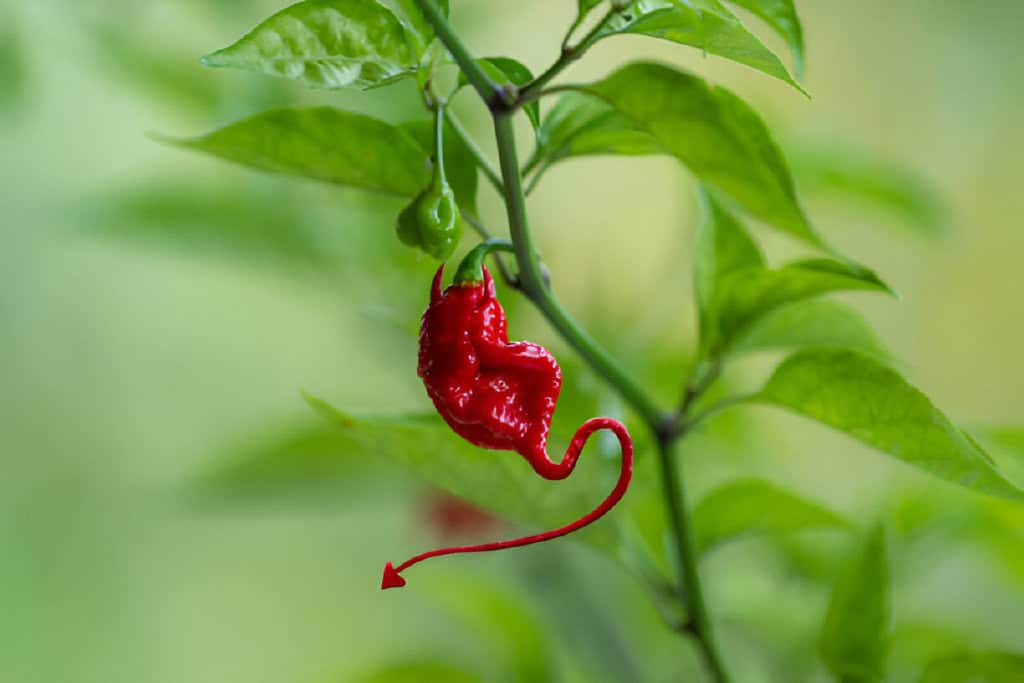
Pruning serves multiple purposes for the Carolina Reaper plant:
- Encourages Healthy Growth: Cutting dead or sick branches promotes new growth. It helps the plant focus its energy on making peppers.
- Improves Air Circulation: Trimming overgrown areas reduces the risk of fungal diseases and pests.
- Shapes the Plant: It keeps the plant the right size and shape. Without pruning, the plant becomes unruly and hard to manage.
When to Prune Your Carolina Reaper?
Timing is crucial when it comes to pruning. Ideally, you should:
- Early Spring: Prune before new growth begins. This is the best time to do a major pruning session.
- Mid-Growing Season: Light pruning during the growing season helps manage the plant’s shape and removes any problem areas.
- Post-Harvest: After the harvest, prune the peppers to prepare the plant for the next cycle.
Tools You’ll Need
Before you start pruning, gather these essential tools:
- Pruning Shears: Sharp, clean pruning shears are crucial for making clean cuts without damaging the plant.
- Gloves: Protect your hands from the plant’s spiciness and potential thorns.
- Disinfectant: Use to clean your tools before and after pruning to prevent the spread of disease.
Step-by-Step Pruning Caroline Reaper Plant Guide
Step 1: Inspect the Plant
Begin by thoroughly inspecting your Carolina Reaper plant. Look for:
- Dead or Diseased Branches: These should be removed first to prevent the spread of disease.
- Crossing Branches: Branches that rub against each other can cause damage and should be trimmed.
- Overgrown Areas: Identify parts of the plant that are overly dense and need thinning out.
Step 2: Remove Dead or Diseased Wood
Using your pruning shears, cut away any dead or diseased branches. Make your cuts just above a healthy leaf node to encourage new growth. Disinfect your shears after each cut to prevent spreading disease.
Step 3: Thin Out Overcrowded Areas
Focus on areas where branches are overcrowded. Trim selectively to improve air circulation. Remove branches that are weak or spindly, as these won’t contribute significantly to fruit production.
Step 4: Shape the Plant
Trim back branches to shape your Carolina Reaper plant. Aim for a balanced, open structure that allows light to penetrate all parts of the plant. This will help in better fruit development and reduce the risk of fungal infections.
Step 5: Maintain Height
If your plant is becoming too tall, trim back the top branches. This not only maintains a manageable height but also encourages bushier growth.
Step 6: Post-Pruning Care
After pruning, give your plant some extra care:
- Watering: Ensure it’s well-watered but avoid overwatering.
- Fertilizing: A balanced fertilizer will support recovery and new growth.
- Monitoring: Keep an eye on the plant for any signs of stress or disease.
Pruning Schedule
You must prune your Carolina Reaper plant. This is essential for keeping it healthy and making lots of fruit. Ideally, you should conduct a major pruning session in early spring before new growth begins.
This timing allows you to remove any winter damage and shape the plant for the growing season. Throughout the summer, light pruning can help manage the plant’s size and encourage bushier growth.
Pruning on a schedule helps keep your Carolina Reaper plant healthy and productive. Here’s a suggested timeline:
| Season | Activity | Notes |
| Early Spring | Major Pruning | Remove dead wood, shape the plant |
| Mid-Season | Light Pruning | Manage growth, remove problem branches |
| Post-Harvest | Cleanup | Prepare for the next growing cycle |
| Read: How to Prune Diosma Plant – Trimming Guide |
Tips for Effective Pruning
- Use Sharp Tools: Dull blades can tear the plant tissue, making it more susceptible to disease.
- Stay Consistent: Regular pruning is better than infrequent, heavy cuts.
- Clean Tools Regularly: This helps prevent the spread of diseases between plants.
- Observe Plant Response: Each plant may respond differently to pruning, so adjust your technique as needed.
Common Pruning Mistakes to Avoid
- Over-Pruning: Removing too much foliage at once can stress the plant.
- Ignoring Deadwood: Leaving dead branches can harbor pests and diseases.
- Incorrect Cuts: Cutting too close to the main stem can damage the plant.
Conclusion
Pruning your Carolina Reaper plant is a crucial part of its care routine, promoting healthy growth and abundant fruiting. Follow this step-by-step guide. It will keep your plant vibrant and productive. Remember, regular and mindful pruning keeps your plant in shape. It also boosts its health and yield. Happy pruning!


